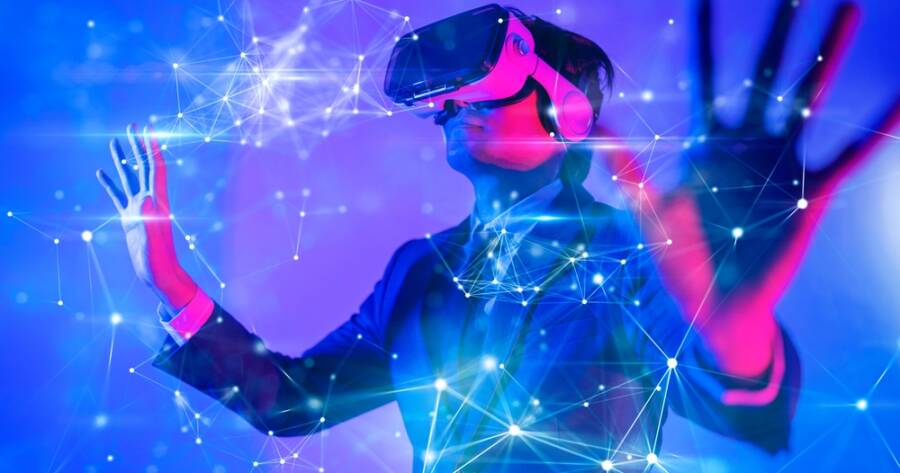Augmented Reality (AR) has begun to permeate various aspects of our daily lives, offering immersive experiences that blend the digital world with our physical reality. By overlaying virtual elements onto real-world environments, AR technology is slowly shifting from novelty to necessity. Whether in gaming or education, AR holds the potential to transform industries and revolutionize how we interact with information.
Augmented Reality in Gaming
Gaming remains at the forefront of AR development, providing users with dynamic and interactive experiences. Unlike conventional video games, AR games integrate the real-world environment to create an interactive playground.
Pokémon Go and its Impact
A groundbreaking example of AR in gaming is “Pokémon Go.” This mobile game used AR to scatter virtual creatures across the real world, which users could find and interact with through their smartphones. When it was released, Pokémon Go captivated millions, encouraging outdoor exploration and social interaction.
This game demonstrated how AR could introduce a new dimension to gaming by blending digital characters with physical spaces. Although such experiences might not appeal to everyone, they may enhance how people engage with games and motivate physical activity.
Prospects for Future Games
As AR technology evolves, future games might include even more sophisticated integrations. The potential exists for multiplayer experiences spread across physical locations, allowing players to collaborate in hybrid environments. Advanced AR wearables might offer an opportunity for gamers to fully immerse themselves in these digital experiences, redefining the boundaries of traditional gaming.
Augmented Reality in Education
Education is another domain where AR could bring significant changes by transforming conventional learning methods and creating more engaged and interactive classroom experiences.
Interactive Learning Environments
Incorporating AR into education offers a way to create interactive and engaging learning environments. Students might explore historical sites without leaving the classroom or visualize complex scientific concepts in three-dimensional space. By making abstract subjects more tangible, AR could help enhance understanding and retention. Teachers could leverage AR tools to supplement traditional methods, potentially making subjects more appealing and accessible to diverse learners.
Personalized Learning Experiences
AR can potentially be tailored to individual learning styles and speeds, offering personalized educational experiences. An application focusing on personalized learning could adjust content based on a student’s progress and preferences, providing real-time feedback and support. This customization might lead to more effective learning outcomes, encouraging exploration and discovery.
AR’s Challenges and Considerations
While AR offers exciting possibilities, several challenges and considerations remain in its widespread adoption across different areas of life.
Technological and Financial Constraints
Implementing AR technology requires significant technological infrastructure and investment, posing a barrier for widespread access. Schools and organizations might face financial and logistical challenges in integrating these tools on a large scale. It is crucial to ensure equitable access to technology to prevent growing disparities among different communities.
Privacy and Ethical Concerns
As AR gathers data from real-world interactions, privacy and ethical considerations come to the forefront. There might be concerns about how data is collected, used, and protected. Balancing the benefits of AR with the need for privacy will require careful and responsible planning and policy development.
The Road Ahead for AR
The potential applications of AR extend beyond gaming and education, with implications for industries like healthcare, retail, and real estate. Businesses and innovators continuously explore how AR might improve user experiences, enhance customer engagement, and streamline operations.
Though the road to widespread AR integration continues to present hurdles, ongoing advancements and innovations hint at a future where this technology might become an integral part of everyday life. Whether it’s through interactive games or enriched educational experiences, AR offers glimpses into possibilities that could reshape our perspectives and interactions.
Where Will AR Pop Up Next?
Augmented Reality is poised to reimagine how we interact with the digital and physical world, with significant implications for various fields. The journey ahead involves navigating technological, financial, and ethical landscapes, ensuring that AR developments enhance rather than detract from our lives.
With careful implementation and strategic planning, AR could bridge gaps and create enriched experiences, fostering innovation at the intersection of imagination and reality. Though uncertainties linger, the potential for AR to transform everyday life remains vast and intriguing.

